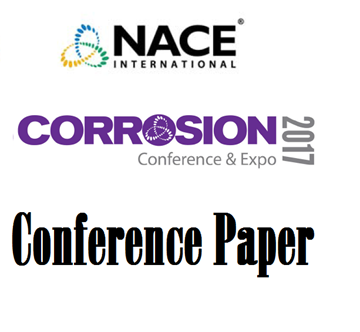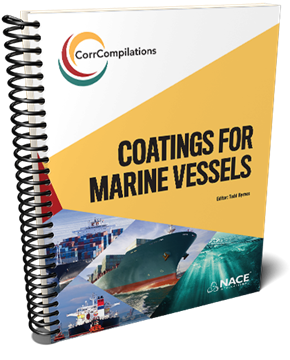Search
Coatings and Linings
View as
Sort by
Display
per page
Complex Inorganic Colored Pigments and IR Reflective Pigments for Waterborne Coatings
Product Number:
51217-080-SG
Publication Date:
2017
$20.00
Composite Repairs And Cathodic Protection
Product Number:
51322-17825-SG
Publication Date:
2022
$20.00
Concrete Cracks: Causes, Correcting, and Coating
Product Number:
41205-214-SG
Publication Date:
2005
$20.00
Conditioning Of Steel Surfaces With Various Abrasive Blast Media And Effect On Coating Performance
Product Number:
51322-17888-SG
Publication Date:
2022
$20.00
Considerations for Concrete Corrosion Control Alternatives
Product Number:
51217-045-SG
Publication Date:
2017
$20.00
Construction Drying’ The Economic and Environmental Benefits
Product Number:
41215-909-SG
Publication Date:
2015
$20.00
Continuous Corrosion Monitoring In HF Alkylation Units Including The Effects Of Iron Fluoride Scale Build-Up
Product Number:
51322-17489-SG
Publication Date:
2022
$20.00
Continuous Monitoring of Atmospheric Corrosion and Coating Degradation
Product Number:
51317--8834-SG
ISBN:
8834 2017 CP
Publication Date:
2017
$20.00
CorrCompilation: Coatings for Marine Vessels (E-book)
Product Number:
37621-E
ISBN:
978-1-57590-342-2
Publication Date:
2017
$137.00
CorrCompilations: Concrete (E-book)
Product Number:
37606-E
ISBN:
9781575903194
Publication Date:
2016
$130.00
Correlating Qualitative Surface Profile Assessment Methods To Quantitative Methodology On Prepared Concrete
Product Number:
51322-17606-SG
Publication Date:
2022
$20.00
Corrosion and Materials Fundamentals for Engineers in Wastewater Treatment Plants & Collection Systems, 3rd Edition (E-book)
Product Number:
37609-E
ISBN:
978-1-57590-327-9
Publication Date:
2016
$105.00












